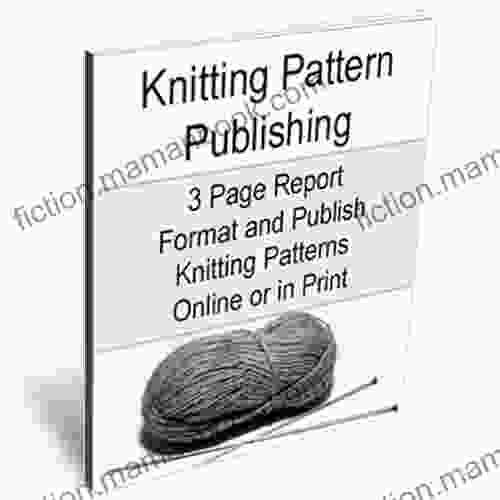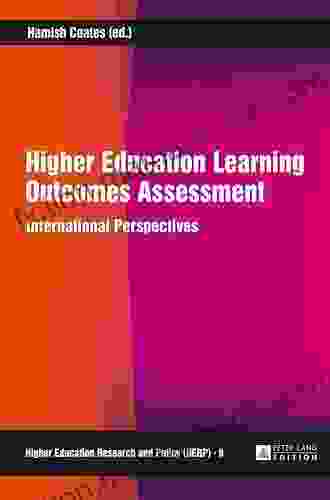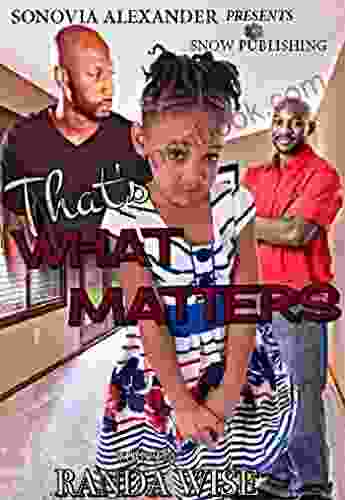Second Selection of Haiku: Exploring the Depths of Japanese Poetic Form

4.6 out of 5
| Language | : | English |
| File size | : | 447 KB |
| Text-to-Speech | : | Enabled |
| Screen Reader | : | Supported |
| Enhanced typesetting | : | Enabled |
| Print length | : | 8 pages |
| Paperback | : | 128 pages |
| Item Weight | : | 6.4 ounces |
| Dimensions | : | 6 x 0.29 x 9 inches |
Haiku, the beloved Japanese poetic form, has captivated readers for centuries with its brevity, simplicity, and profound insights. With only three lines and seventeen syllables, haiku manages to capture the essence of a moment, evoking vivid images and emotions in the reader's mind.
In this second selection of haiku, we delve deeper into the world of these evocative verses, exploring their cultural significance, symbolism, and the ways in which they reflect the beauty and transience of life.
The Essence of Haiku
Haiku is a form of poetry that originated in Japan during the Edo period (1603-1868). It consists of three unrhymed lines with a specific syllable count: five syllables in the first line, seven in the second, and five in the third.
The brevity of haiku forces poets to distill their thoughts and emotions into a few carefully chosen words. This process of distillation encourages a deep focus on the present moment, revealing the beauty and significance that often goes unnoticed in the rush of everyday life.
Haiku typically focuses on nature, capturing the changing seasons, the beauty of flowers, or the evocative sounds of birdsong. However, they can also explore human emotions, relationships, and the complexities of the human condition.
Symbolism and Imagery
Symbolism and imagery play a vital role in haiku, allowing poets to convey complex ideas and emotions through vivid metaphors and associations. For example, the cherry blossom, a symbol of beauty and transience, is often used to represent the fleeting nature of life.
In the following haiku by Matsuo Bashō, the poet uses the image of a crow on a bare branch to convey the desolation and loneliness of winter:
A crow on a bare branch
Flies off with a single caw
Winter solitude
The crow, a solitary bird associated with death and decay, perched on a barren branch evokes a sense of isolation and emptiness. The single caw, echoing through the desolate landscape, further emphasizes the poet's feelings of loneliness and the transience of life.
Haiku and Culture
Haiku is deeply rooted in Japanese culture and tradition. It is considered a form of high art, and haiku masters are revered for their skill and insight. Haiku is also used in a variety of traditional ceremonies and rituals, such as tea ceremonies and flower arranging.
The practice of writing haiku is also seen as a form of spiritual cultivation. By focusing on the present moment and capturing the beauty of nature, haiku poets seek to cultivate a sense of peace and harmony within themselves and with the world around them.
In the following haiku by Kobayashi Issa, the poet finds solace in the simple act of observing a child's play:
A child's laughter
Rings out over the rice fields
Spring warmth fills my heart
The sound of a child's laughter, echoing through the rice fields, brings joy and warmth to the poet's heart. This simple moment, captured in a haiku, reflects the poet's appreciation for the beauty and wonder of life.
Contemporary Haiku
While haiku originated in Japan, it has become a popular poetic form around the world. Contemporary haiku poets experiment with traditional forms and explore new themes and perspectives.
For example, the following haiku by Gary Snyder explores the environmental impact of human activity:
Concrete dammed river
Salmon run ends, no returning
Clearcut logging spoils
This haiku decries the destruction of nature by human intervention. The concrete dam blocks the salmon's migration, while clearcut logging despoils the forests. The poet's use of strong imagery and stark language conveys a sense of urgency and loss.
This second selection of haiku has provided us with a glimpse into the depth and diversity of this extraordinary poetic form. From the timeless verses of Matsuo Bashō to the contemporary explorations of Gary Snyder, haiku continues to captivate readers with its beauty, simplicity, and profound insights.
Whether we are seeking solace in nature, exploring our emotions, or reflecting on the human condition, haiku offers us a unique way to connect with the world around us and find meaning in the everyday.
4.6 out of 5
| Language | : | English |
| File size | : | 447 KB |
| Text-to-Speech | : | Enabled |
| Screen Reader | : | Supported |
| Enhanced typesetting | : | Enabled |
| Print length | : | 8 pages |
| Paperback | : | 128 pages |
| Item Weight | : | 6.4 ounces |
| Dimensions | : | 6 x 0.29 x 9 inches |
Do you want to contribute by writing guest posts on this blog?
Please contact us and send us a resume of previous articles that you have written.
 Top Book
Top Book Novel
Novel Fiction
Fiction Nonfiction
Nonfiction Literature
Literature Paperback
Paperback Hardcover
Hardcover E-book
E-book Audiobook
Audiobook Bestseller
Bestseller Classic
Classic Mystery
Mystery Thriller
Thriller Romance
Romance Fantasy
Fantasy Science Fiction
Science Fiction Biography
Biography Memoir
Memoir Autobiography
Autobiography Poetry
Poetry Drama
Drama Historical Fiction
Historical Fiction Self-help
Self-help Young Adult
Young Adult Childrens Books
Childrens Books Graphic Novel
Graphic Novel Anthology
Anthology Series
Series Encyclopedia
Encyclopedia Reference
Reference Guidebook
Guidebook Textbook
Textbook Workbook
Workbook Journal
Journal Diary
Diary Manuscript
Manuscript Folio
Folio Pulp Fiction
Pulp Fiction Short Stories
Short Stories Fairy Tales
Fairy Tales Fables
Fables Mythology
Mythology Philosophy
Philosophy Religion
Religion Spirituality
Spirituality Essays
Essays Critique
Critique Commentary
Commentary Glossary
Glossary Bibliography
Bibliography Index
Index Table of Contents
Table of Contents Preface
Preface Introduction
Introduction Foreword
Foreword Afterword
Afterword Appendices
Appendices Annotations
Annotations Footnotes
Footnotes Epilogue
Epilogue Prologue
Prologue Penelope Lively
Penelope Lively John North
John North S E Smith
S E Smith Michael Troy
Michael Troy Richard Dawkins
Richard Dawkins Todd E Petzel
Todd E Petzel Leslie Langtry
Leslie Langtry Claire Pearcy
Claire Pearcy Paul Sussman
Paul Sussman Mary Lou Brandvik
Mary Lou Brandvik George Tsakraklides
George Tsakraklides Celia Genishi
Celia Genishi Lm Preston
Lm Preston David G Lanoue
David G Lanoue Stanley Moss
Stanley Moss Kj Walt
Kj Walt Leigh Stein
Leigh Stein Dr Parag Suresh Mahajan Md
Dr Parag Suresh Mahajan Md Carmen Beatty
Carmen Beatty Gabe Brown
Gabe Brown
Light bulbAdvertise smarter! Our strategic ad space ensures maximum exposure. Reserve your spot today!
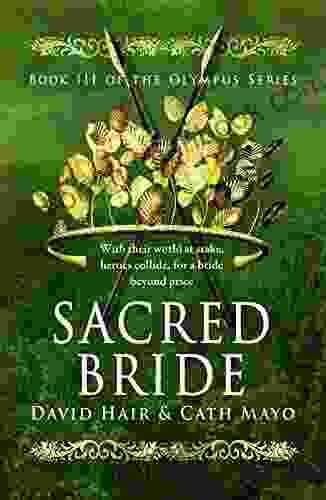
 Vincent MitchellUnraveling the Sacred Bride Olympus Trilogy: A Literary Odyssey into the...
Vincent MitchellUnraveling the Sacred Bride Olympus Trilogy: A Literary Odyssey into the... Corey HayesFollow ·17.9k
Corey HayesFollow ·17.9k Dakota PowellFollow ·19.3k
Dakota PowellFollow ·19.3k Reed MitchellFollow ·13.1k
Reed MitchellFollow ·13.1k Bret MitchellFollow ·4.3k
Bret MitchellFollow ·4.3k Cooper BellFollow ·7.8k
Cooper BellFollow ·7.8k Cruz SimmonsFollow ·12.5k
Cruz SimmonsFollow ·12.5k Rubén DaríoFollow ·8.4k
Rubén DaríoFollow ·8.4k Sam CarterFollow ·11.9k
Sam CarterFollow ·11.9k
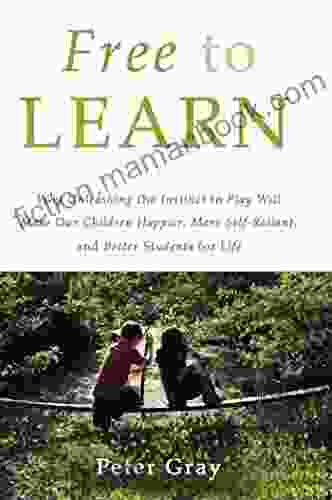
 Abe Mitchell
Abe MitchellWhy Unleashing the Instinct to Play Will Make Our...
Play is an essential part of childhood. It is...
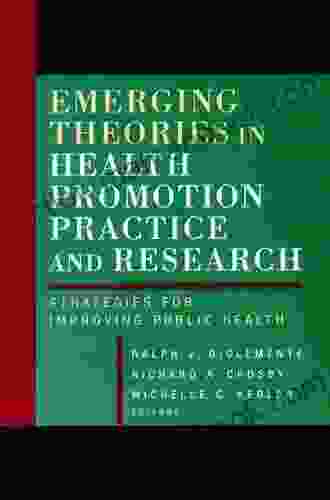
 Rubén Darío
Rubén DaríoTheory in Health Promotion Research and Practice
Theory is essential...

 Howard Blair
Howard BlairFailing Students or Failing Schools: Uncovering the Root...
In the United States, the issue of failing...
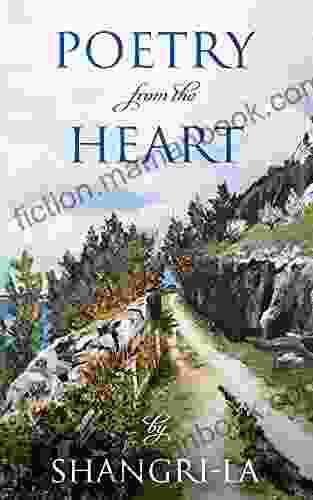
 Ira Cox
Ira CoxPoetry From the Heart Chope: A Symphony of Soul and Verse
Embark on a literary...
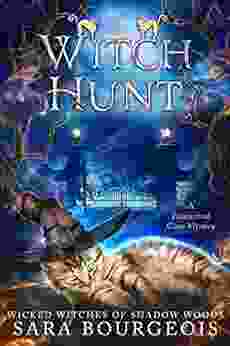
 Easton Powell
Easton PowellThe Witch Hunt: Wicked Witches of Shadow Woods
In the cursed woods of...
4.6 out of 5
| Language | : | English |
| File size | : | 447 KB |
| Text-to-Speech | : | Enabled |
| Screen Reader | : | Supported |
| Enhanced typesetting | : | Enabled |
| Print length | : | 8 pages |
| Paperback | : | 128 pages |
| Item Weight | : | 6.4 ounces |
| Dimensions | : | 6 x 0.29 x 9 inches |



